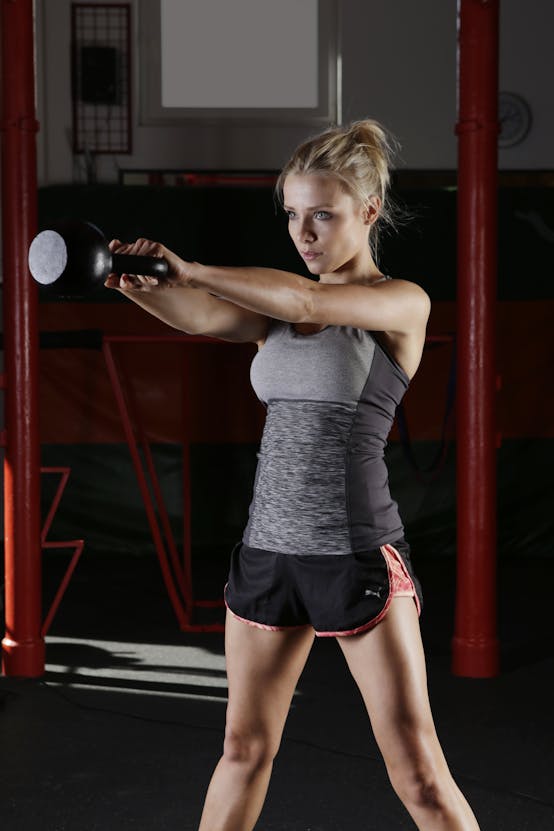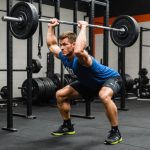Selecting the Perfect Shoes for Competitive Rock Climbing: A Comprehensive Guide
When it comes to rock climbing, having the right gear can make all the difference between a successful ascent and a frustrating struggle. Among the most critical pieces of equipment for climbers are their shoes, as they directly impact performance, comfort, and overall climbing experience. Here’s a detailed guide to help you choose the best climbing shoes for your needs.
Understanding the Types of Climbing
Before diving into the specifics of climbing shoes, it’s essential to understand the various disciplines within the sport. This will help you determine which type of shoe is best suited for your climbing style.
Also to read : Unlocking Optimal Muscle Recovery: Essential Nutrition Strategies for Weightlifters
Sport Climbing
Sport climbing involves climbing routes that are equipped with permanent anchors and bolts. This type of climbing often requires high-performance shoes that offer a snug fit and excellent support for edging and pocket climbing.
Bouldering
Bouldering is a form of climbing that takes place on shorter, lower-level rock formations or artificial walls without the use of ropes or harnesses. Bouldering shoes need to be highly sensitive and flexible to allow for precise footwork on small holds.
Also to read : Essential Tips for Cricket Bowlers to Safeguard Against Shoulder Injuries in Extended Matches
Traditional Climbing
Traditional climbing, or trad climbing, involves placing your own protection as you climb. This type of climbing may require shoes that offer a balance between performance and comfort, as climbs can be longer and more varied.
Indoor Climbing
Indoor climbing gyms have become increasingly popular, and the shoes used here often need to be versatile, handling a variety of route types and angles. Indoor climbing shoes should be comfortable for extended use and provide good performance on different types of holds.
Key Considerations for Choosing Climbing Shoes
When selecting climbing shoes, several factors need to be considered to ensure you get the best fit and performance for your climbing needs.
Fit
The fit of your climbing shoes is perhaps the most critical factor. Here are some points to consider:
- Snug but Not Painful: Climbing shoes should fit snugly but not be so tight that they cause discomfort or pain. A good fit will help you feel the holds better and maintain control.
- Foot Shape: Different brands and models cater to various foot shapes. For example, the La Sportiva Solution Comp is known for its comfortable fit for climbers with narrower feet, while the Scarpa Drago is more accommodating for those with wider feet.
- Size: Climbing shoes often run smaller than street shoes. It’s common to size down to achieve the desired snugness.
### Fit Comparison Table
| Brand | Model | Fit Description | Recommended For |
|
|-------------------|
|---------------------------|
| La Sportiva | Solution Comp | Narrow, aggressive fit | Narrow feet, high-performance climbing |
| Scarpa | Drago | Wider, more comfortable fit | Wider feet, all-day climbing |
| Black Diamond | Momentum | Balanced fit, moderate snugness | Average foot shape, versatile climbing |
Performance
Performance is a broad term that encompasses several aspects of a climbing shoe.
- Rubber Quality: The quality of the rubber used in the sole and toe box is crucial. Vibram grip, for example, is highly regarded for its durability and stickiness.
- Toe Box Shape: The shape of the toe box can significantly affect performance. A more aggressive toe box, like that of the La Sportiva Solution Comp, is ideal for steep terrain and pocket climbing.
- Heel Cup: A well-fitting heel cup is essential for preventing the shoe from slipping off during climbs.
### Performance Features
- **Vibram Grip**: Known for its excellent stickiness and durability.
- Example: La Sportiva Solution Comp
- **Aggressive Toe Box**: Ideal for steep terrain and pocket climbing.
- Example: La Sportiva Solution Comp
- **Comfortable Heel Cup**: Prevents the shoe from slipping off during climbs.
- Example: Scarpa Drago
Comfort
While performance is key, comfort cannot be overlooked, especially for longer climbs or extended gym sessions.
- Materials: Leather and synthetic materials are common. Leather shoes tend to stretch more over time, while synthetic shoes maintain their shape better.
- Breathability: A breathable shoe can make a significant difference in comfort, especially during indoor climbing sessions.
- Break-In Period: Some shoes have a shorter break-in period than others. For example, the Black Diamond Momentum is known for its quick break-in.
### Comfort Features
- **Materials**:
- Leather: Stretches over time, more comfortable after break-in.
- Example: La Sportiva Tarantula
- Synthetic: Maintains shape, less stretch.
- Example: Scarpa Drago
- **Breathability**:
- Mesh panels: Enhance airflow and reduce sweat buildup.
- Example: Black Diamond Momentum
- **Break-In Period**:
- Quick break-in: Ideal for those who prefer not to wait.
- Example: Black Diamond Momentum
Bouldering Shoes: Special Considerations
Bouldering shoes are designed for the unique demands of bouldering and require specific features.
Sensitivity and Flexibility
Bouldering shoes need to be highly sensitive to allow climbers to feel the smallest holds and edges. This sensitivity is often achieved through a thinner sole and a more flexible design.
High-Performance Rubber
The rubber used in bouldering shoes must be exceptionally sticky to handle the dynamic movements and small footholds typical in bouldering.
### Bouldering Shoes Features
- **Sensitivity and Flexibility**:
- Thinner sole: Allows for better feel and precision.
- Example: La Sportiva Cobra
- Flexible design: Enables climbers to adapt to various holds.
- Example: Scarpa Instinct VS
- **High-Performance Rubber**:
- Vibram XS Grip: Known for its exceptional stickiness.
- Example: La Sportiva Cobra
Practical Insights and Actionable Advice
Here are some practical tips to help you make the best choice:
- Try Before You Buy: If possible, try on several different models to find the best fit.
- Read Reviews: Websites like Outdoor Gear Lab and Boulderflash provide comprehensive reviews that can help you make an informed decision.
- Consider Your Budget: Climbing shoes can range from affordable to very expensive. Set a budget and look for shoes that meet your needs within that range.
- Seek Feedback: Talk to other climbers and ask for their recommendations based on their experiences.
Future Trends in Climbing Gear
The climbing gear market is constantly evolving, driven by technological advancements and changing climber preferences.
- Sustainability: There is a growing trend towards eco-friendly materials and sustainable manufacturing practices. Climbers are increasingly looking for gear that is less harmful to the environment.
- Innovative Materials: Expect to see more innovative materials and technologies, such as smart ropes and adaptive shoe soles, which could significantly enhance climbing performance and safety.
Choosing the perfect climbing shoes is a personal and nuanced process that involves considering several key factors, including fit, performance, and comfort. By understanding the different types of climbing, the specific features of various shoes, and seeking practical advice, you can make an informed decision that enhances your climbing experience.
Whether you’re a seasoned climber or just starting out, the right shoes can make a significant difference in your ability to tackle challenging routes and enjoy the sport to its fullest. So, take your time, do your research, and find the shoes that feel like they were made for your feet. Happy climbing













